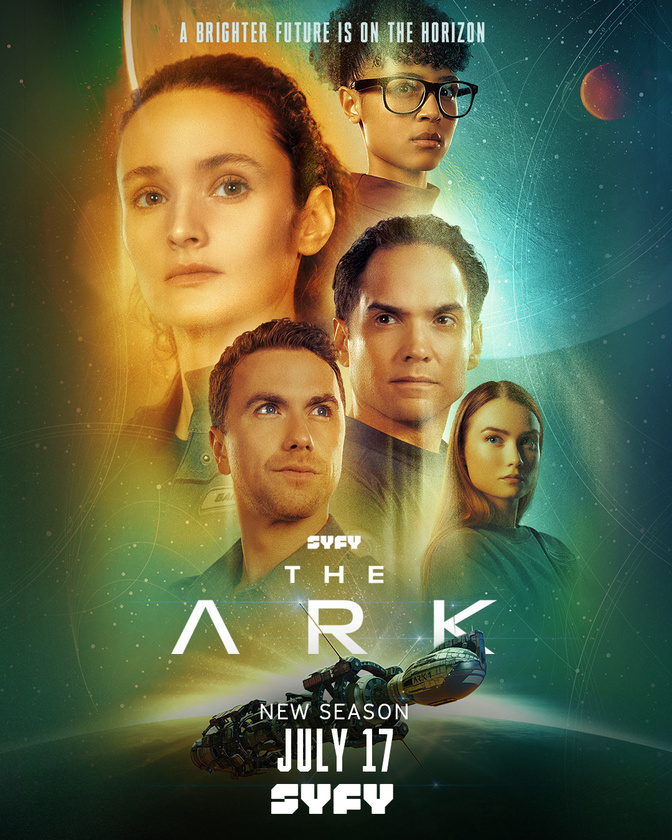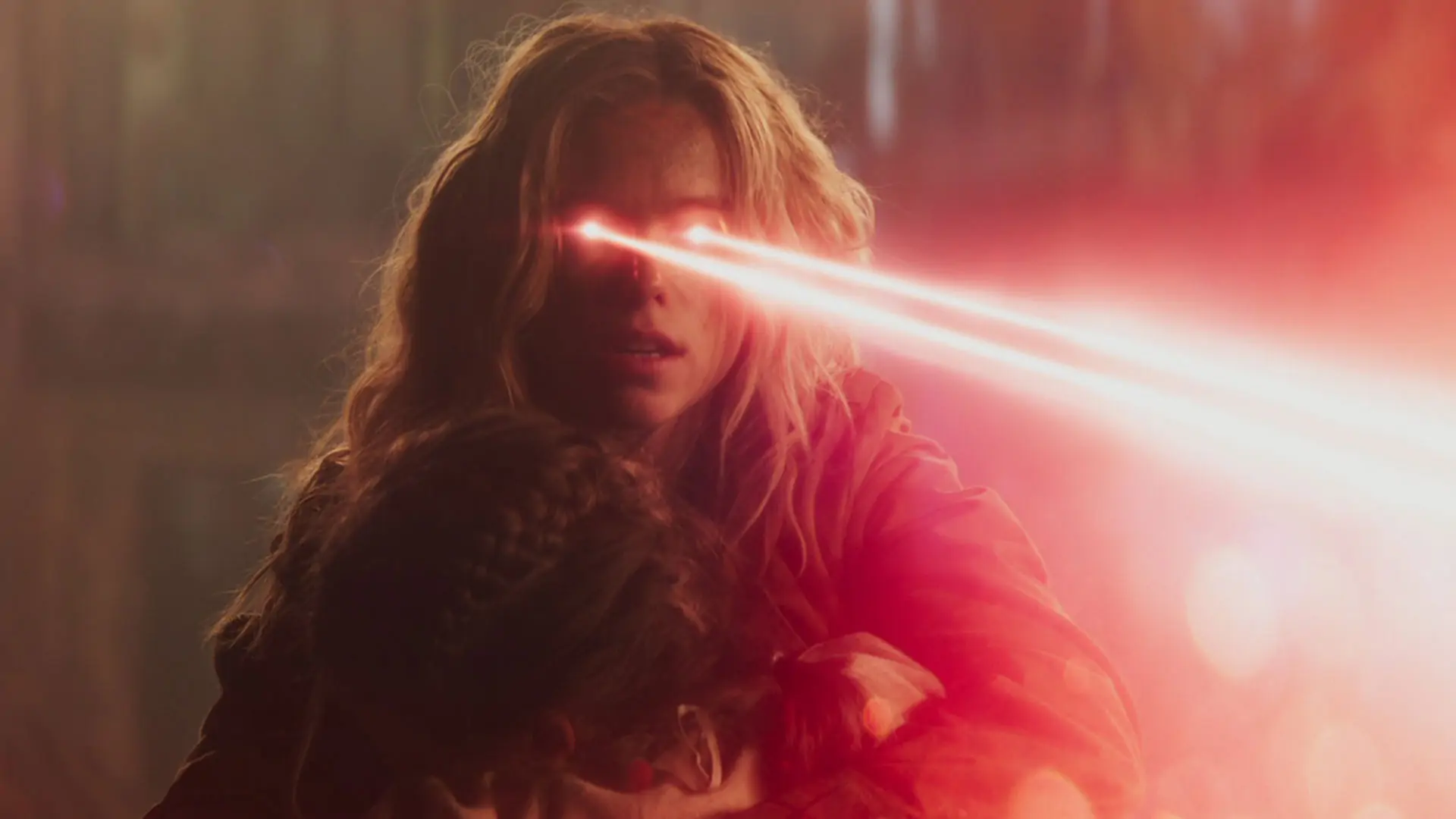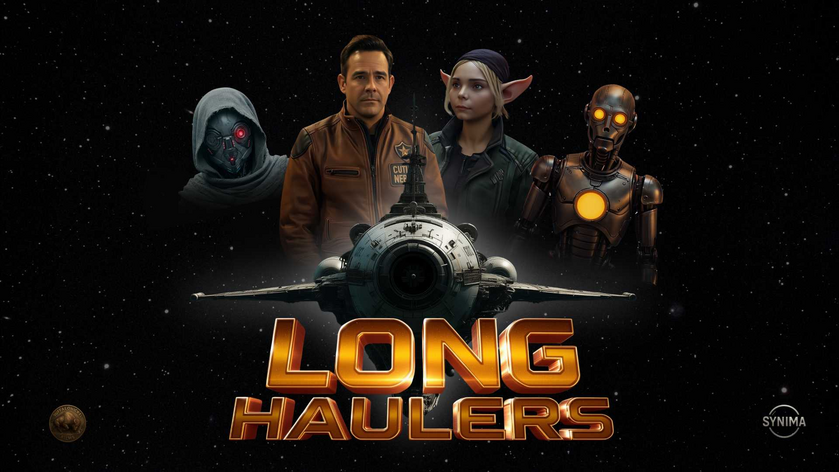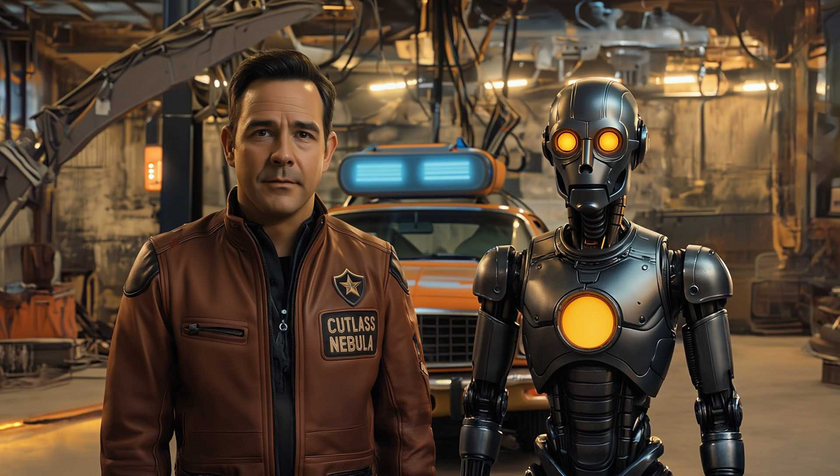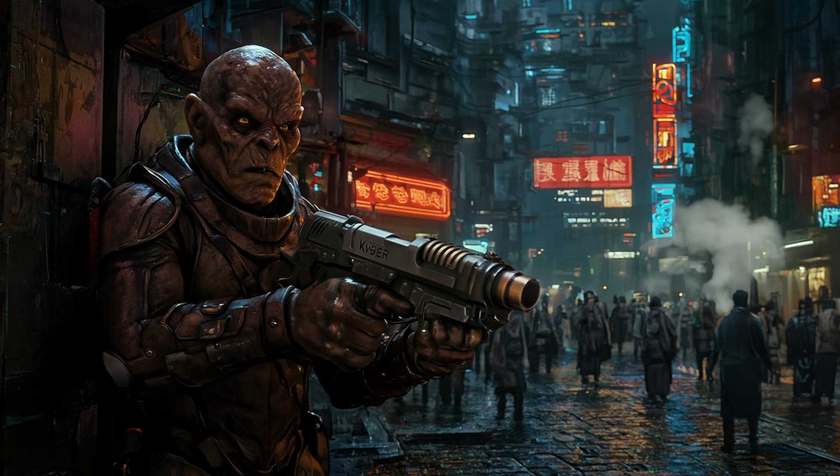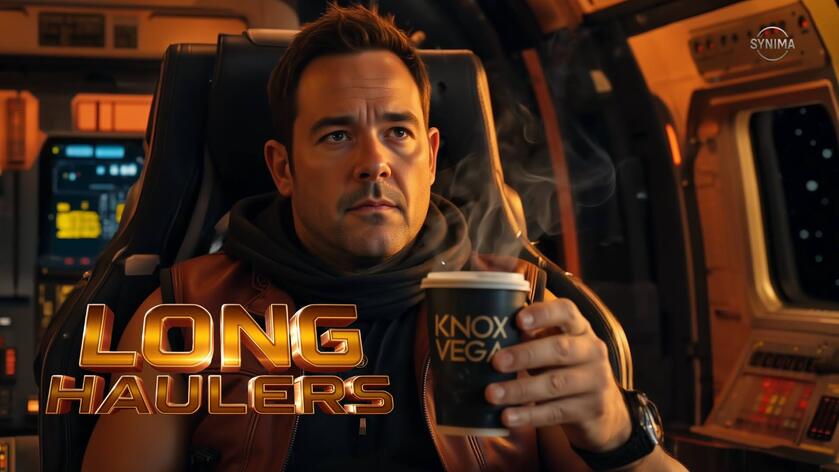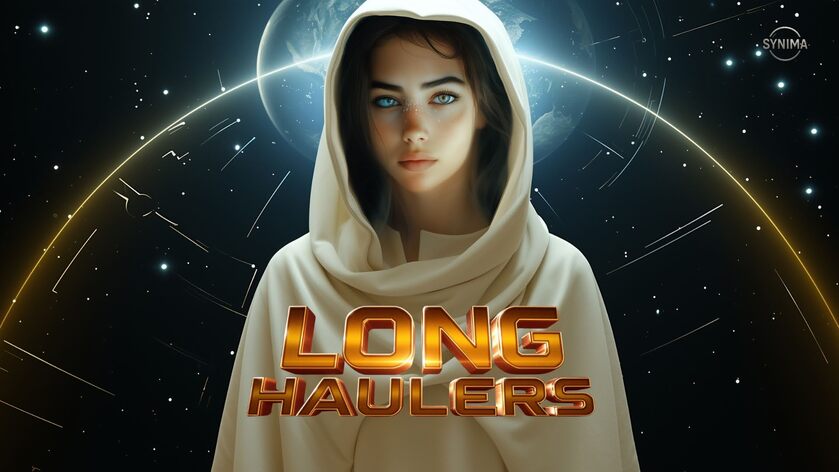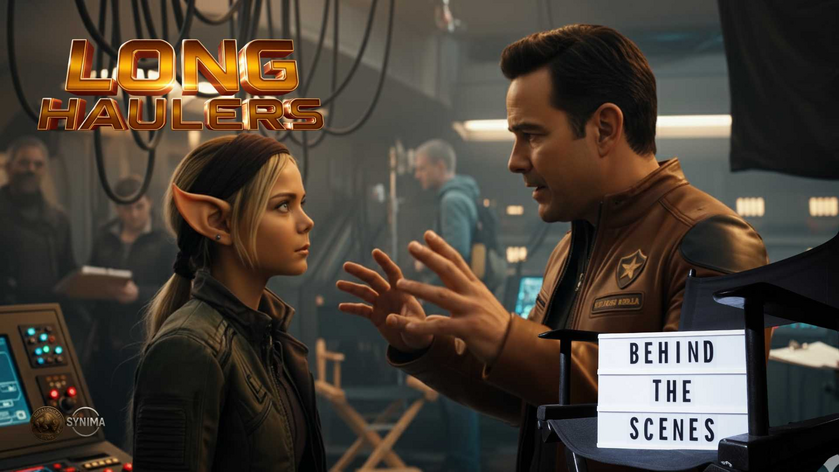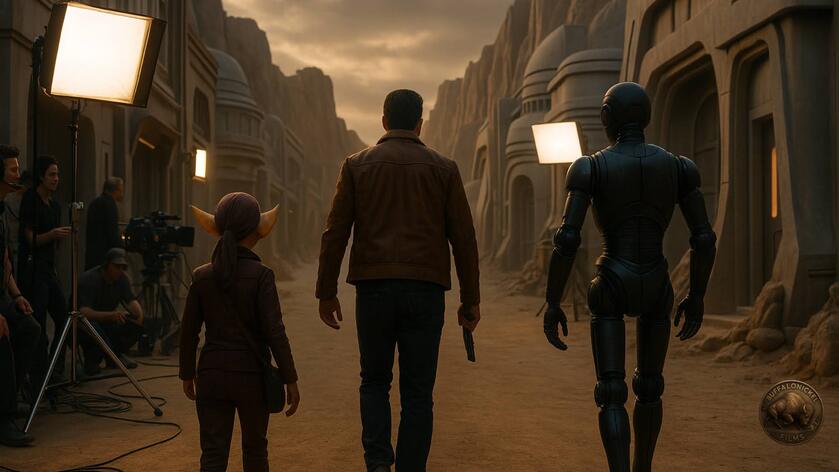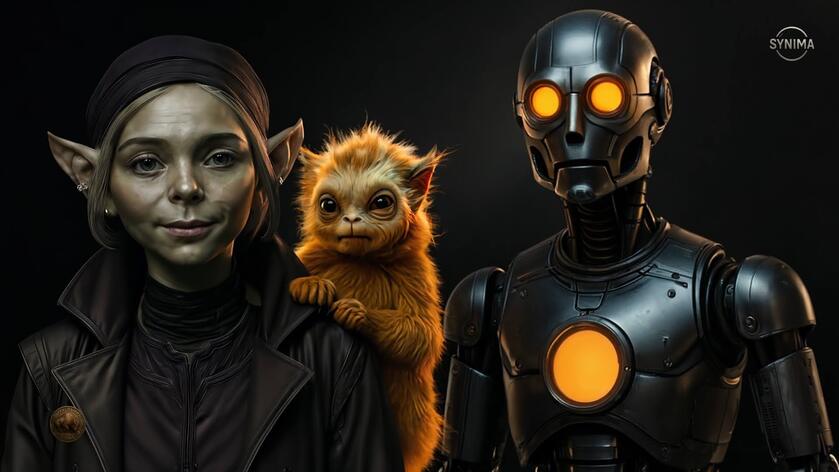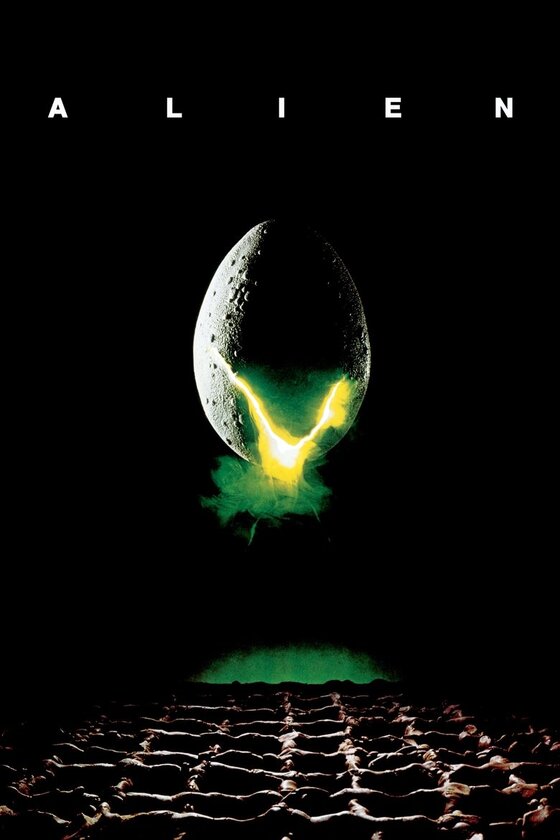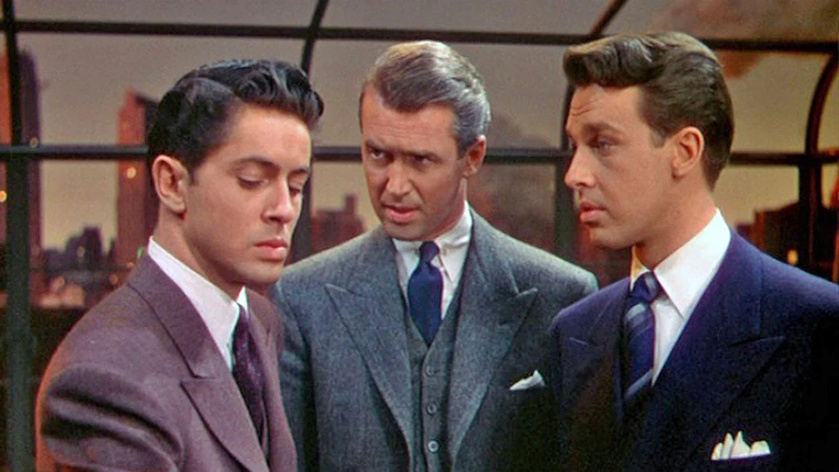In anticipation of the second season of The Ark, which comes out later this month, I’ve been re-watching the first. I’ve also been listening to all the discussion around the new Star Wars show, The Acolyte, which unfortunately is inescapable. If everyone complaining about The Acolyte was watching and discussing The Ark, we’d be in a totally different media landscape.
But complaining is where the $$$ is at.
Anyway.
It’s impossible for me not to contrast the two sci-fi shows and note that The Ark succeeds in every area where The Acolyte fails. It’s not a perfect show (the writing and acting are hit and miss, the budget isn’t big enough for the special effects they want, etc.), but proving there’s an audience for good science fiction would go a long way towards getting even better science fiction. I know many people bailed on the show after the very bad introductory episodes, which TV shows aren’t allowed anymore though they used to be common, but maybe I can persuade you to give it a chance.
Because…
The Ark is “Gearporn” Done Right
From everything I’ve heard, The Acolyte lacks interesting stuff, like ships that need repair and weapons that make sense (lightsaber whip?). Guys like fixing things and watching other guys fix things they don’t understand. Meanwhile, The Acolyte has gym bags and yoga pants. Not for dudes. But Ark One is constantly breaking down, short on supplies and fuel. There’s a logic behind faster than light travel that they take the time to figure out and explain, if that matters to you. The crew also needs to figure out how to grow food on a spaceship and so agriculture also has a place.
Every Character Wants Something
Without conflict a story suffers, if it can exist at all. Desire creates conflict. The motivations of the characters on The Acolyte are reportedly unclear. But on The Ark they want to survive, they want to find a new home, cure disease, grow food, fall in love, keep their secrets, and unburden themselves of secrets. In the pursuit of these desires they sometimes do bad things, which creates more conflict. Yet there is always a path to redemption, though it sometimes comes at a high cost. Which leads us to…
There’s a Moral Core Guiding Us Through Contemporary Issues
The theme of The Acolyte is that the Jedi are actually evil, basically betraying the essence of everything George Lucas created. No, it’s the lesbian space witches who are right! It’s the guy who wipes out planets who’s the thirst-trap. The philosophy of the Sith is sound. Leslye Headland, the mind behind The Acolyte, wants her audience to go back into the real world siding with the Dark Side, and reasonable people are saying nay. The Ark isn’t afraid to touch on the real world either, but it does so in a very interesting way. William Trust (rhymes with Elon Musk), the creator of The Ark program, is hero-worshiped by some. But he’s also hated for, in his first effort to save humanity, accidentally creating a fatal illness. Navigating these choppy waters is just one of the moral/ethical quandaries the show tackles.
The Ark Knows Its Audience
Who is The Acolyte for? No one seems to know. Sometimes it looks like a kids’ show, sometimes it gets uncomfortably adult, and the core fanbase is soundly rejecting it. While The Ark sometimes uses language you’d never hear on network TV and flirts with sexual relationships, it’s nothing that families can’t watch together. It’s like Star Trek: The Next Generation in a way. The characters cover a wide range of ages, ethnicities, sexualities, and backgrounds, yet the diversity makes sense and isn’t overtly offensive. It’s not woke.
Ultimately, The Ark is Hopeful
The tagline for season two is, “A BRIGHTER FUTURE IS ON THE HORIZON,” and that’s what we need right now. We don’t need to see the good guys torn down, or told that humanity is the problem. We don’t need more stories to divide us. Where The Ark proves itself most remarkable is in its optimism. In our increasingly diverse world we can work together for a brighter future without surrendering our morals.
Not bad for a low-budget sci-fi show you can watch on Peacock.
